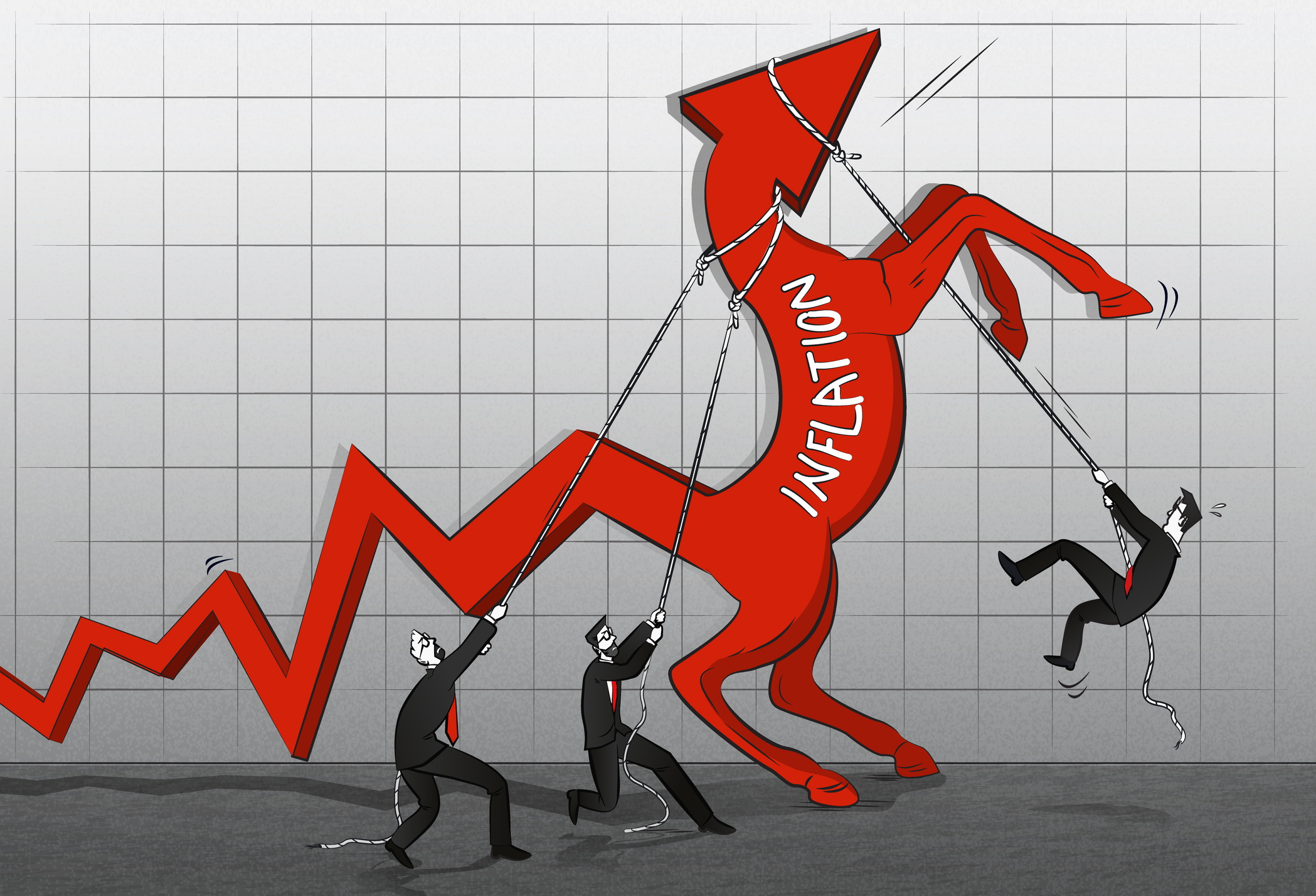In a surprising move, the Federal Reserve chose to keep its benchmark interest rate steady at approximately 5.1%, providing a sigh of relief for borrowers across the nation. This decision follows a series of 10 consecutive rate hikes to combat high inflation. The Federal Reserve’s decision suggests their confidence that the significant increase in borrowing costs has started to tame inflation.
However, the intrigue doesn’t end there. Taking an unexpected hawkish stance, the Fed hinted at the possibility of two more rate hikes later this year. While the key interest rate remains unchanged, the potential rises could push the rate to around 5.6%. The Federal Reserve’s decision not to hike rates indicates the need for additional time to assess the impact of their previous moves on inflation and the overall economy. Striking a delicate balance, the goal is to slow down inflation without negatively affecting economic growth.
Federal Reserve Chairman Jerome Powell acknowledged the economic hardships caused by high inflation and committed to a target of bringing inflation back down to a 2% goal. However, he cautioned that this process would be gradual and require time, emphasizing the need to observe signs of inflation decelerating “decisively” before halting further rate hikes.
While the possibility of future rate hikes has been put forward, it’s important to note that not all economists agree. Some, like Ryan Sweet, the chief U.S. economist of Oxford Economics, are skeptical about the Fed resuming interest rate hikes. Sweet predicts the Fed will remain on hold this year, anticipating a gradual easing in early 2024.
This difference in opinion among economists and the Federal Reserve arises from the challenges presented by the ever-changing economic landscape. The Fed’s updated forecasts show an upgrade in economic growth for 2023 from a previously dismal 0.4% to a modest 1%. However, they also predict “core” inflation to hover around 3.9% by the end of the year, slightly higher than earlier projections.
The announcement from the Federal Reserve triggered an immediate reaction in the market, with stocks dipping and Treasury yields surging. This response highlights the influence that the Fed’s decisions can have on financial markets.
The significance of the Federal Reserve’s decisions on interest rates must be balanced. The aggressive rate hikes implemented to combat inflation have directly impacted borrowers, making mortgages, auto loans, credit cards, and business borrowing more expensive. These measures were designed to curb spending and alleviate the worst wave of inflation seen in four decades.
Despite concerns, there is a silver lining. Recent inflation data indicates that most of the rise in core prices is attributed to high rents and used car prices, which are expected to ease later this year. Additionally, the economy has performed better than initially expected, with companies continuing to hire robustly.
As we move forward, whether the Federal Reserve will proceed with its proposed interest rate hikes or maintain the status quo for the remainder of the year remains to be seen. Regardless of the outcome, all eyes will undoubtedly remain on the Federal Reserve as we navigate this uncertain economic landscape.






